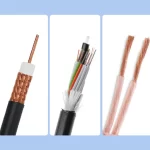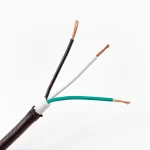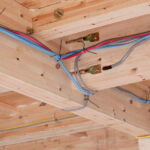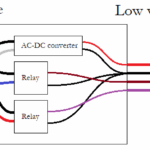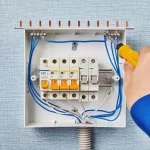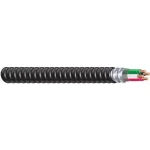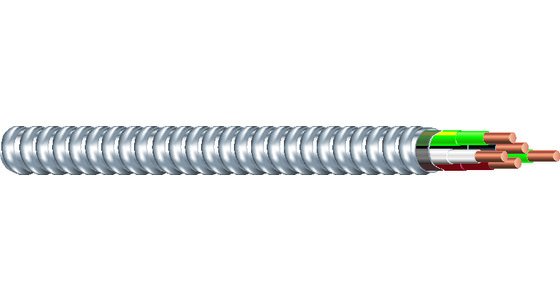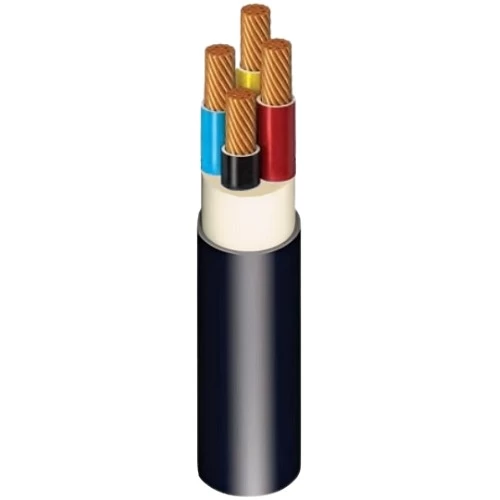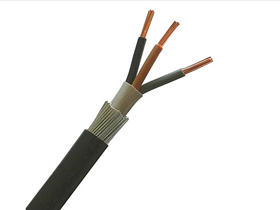What is AC Low Voltage Wire?
AC low voltage wire carries alternating current at voltages typically below 50 volts, commonly used for lighting systems, doorbells, thermostats, and landscape lighting. Unlike standard household wiring that operates at 120V or 240V, low voltage systems provide safer installation options for many applications.
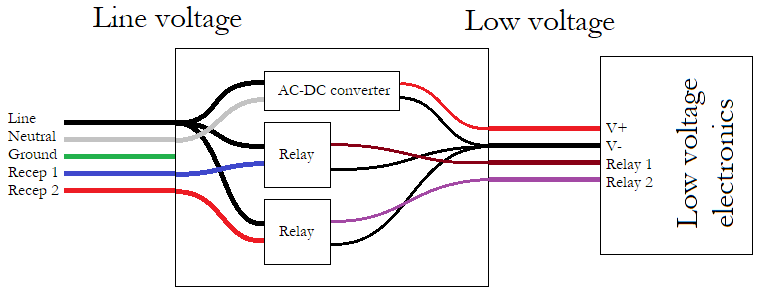
ac low voltage wire
Common Applications
Landscape Lighting: Most outdoor lighting systems use 12V or 24V AC low voltage wire for safety around water and wet conditions.
HVAC Controls: Thermostats and heating system controls typically operate on 24V AC systems.
Security Systems: Door bells, intercom systems, and some security equipment use low voltage AC wiring.
LED Lighting: Many LED strip lights and fixtures operate on low voltage AC power.
Wire Types and Specifications
Cable Construction
- 14 AWG to 18 AWG: Most common wire gauges for AC low voltage applications
- Stranded vs Solid: Stranded wire offers better flexibility for tight installations
- Insulation Types: THWN, UF (underground feeder), or direct burial rated
Voltage Ratings
- Class 1: Up to 30V, requires conduit in most installations
- Class 2: Up to 60V, can often run without conduit
- Class 3: Up to 150V, specific safety requirements apply
Installation Guidelines
Planning Your Run
Calculate voltage drop using the formula: Voltage Drop = (2 × Wire Length × Current × Resistance per foot). Keep voltage drop under 10% for optimal performance.
Safety Requirements
- Always turn off power at the transformer before installation
- Use appropriate wire nuts or connectors rated for low voltage
- Follow local electrical codes for burial depth and conduit requirements
Best Practices
- Use direct burial cable for underground runs
- Maintain proper separation from high voltage lines
- Install GFCI protection where required by code
Choosing the Right Wire
For Landscape Lighting: Use 12 AWG direct burial cable for runs over 100 feet, 14 AWG for shorter distances.
For HVAC: Standard 18 AWG thermostat wire works for most residential applications.
For Security: 22 AWG alarm wire typically sufficient for most door bell and intercom systems.
Common Installation Mistakes
Undersized wire leads to voltage drop and poor performance. Always calculate your load and distance before selecting wire gauge. Mixing AC and DC systems can damage equipment - verify your system requirements before installation.
Professional vs DIY Installation
While low voltage systems are generally safer to work with, complex installations involving multiple circuits or integration with existing electrical systems may require professional installation to ensure code compliance and optimal performance.
Maintenance and Troubleshooting
Regular inspection of connections and wire condition helps prevent system failures. Use a multimeter to check voltage at fixtures if you experience dimming or intermittent operation.

